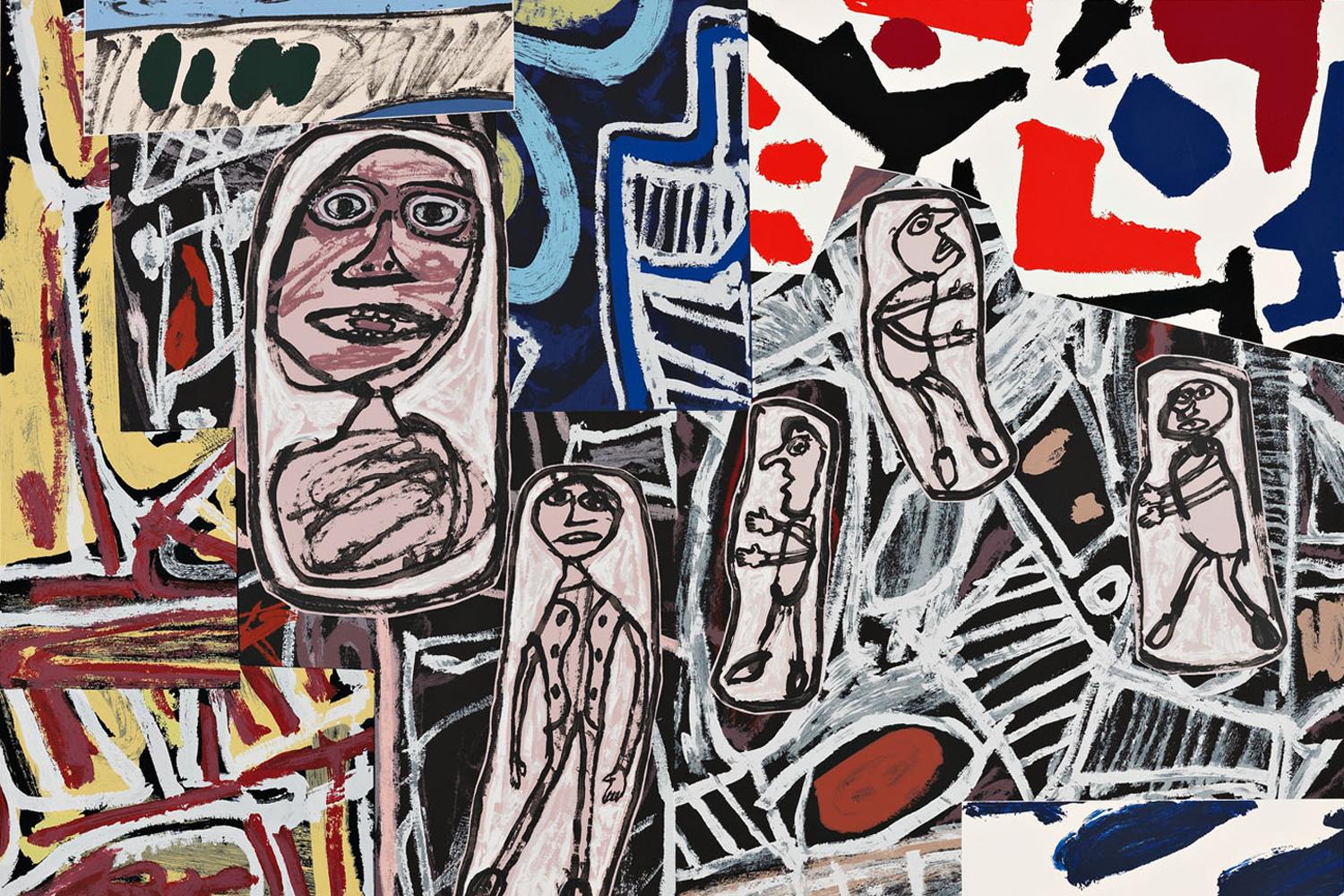Jean Philippe Arthur Dubuffet, French painter and sculptor, the inventor of ‘art brut’ He rebelled against his parents, his teachers and then art itself. His approach was about so-called "low art" and traditional beauty. he believed to be more authentic and humanistic paintings. Dubuffet enjoyed a prolific art career, both in France and in America.
Dubuffet was born in Le Havre, France, a family of wholesale wine merchants. He moved to Paris in 1918 and started his study of painting at the Académie Julian. After finishing that he did work independently besides it he learned music language and again started his wine business. Again, he decided to devoted himself to art. He preferred everyday life, natural content for his works.
Many of his works featured individuals and distinct psychological impact on viewers. In 1943, he worked at that time was unknown in his childhood friend’s studio.
The writer George Limbour took Jean Paulhan to the artist's studio, he became impress about Dubuffet paintings which was the turning point for him. His solo show marked him to become an established artist which held on 1944 in Paris.
In 1945, Dubuffet was strongly impressed by a show in Paris of Jean Fautrier's, which expressed directly and purely the depth of a person and started to use thick oil paint mixed with natural materials such as mud, plaster, gravel, sand, pieces of glass, string, coal dust, pebbles, straw, cement, and tar.
The technique of mixing and applying paint was best creation in Dubuffet's series 'Hautes Pâtes' or Thick Impastoes. In 1946 his second best exhibition held in Galérie René Drouin
It took 20 years to assimilate this into his own concept art brut, or raw art. Dubuffet’s wild images embody this new direction. He got attacked by French typical perspective of culture.
Dubuffet became success in the American art market due to his inclusion in the Pierre Matisse exhibition in 1946. His association with Matisse, a very influential dealer of contemporary European Art in America. Dubuffet's work was placed among the likes of Picasso, Braque, and Rouault at the gallery exhibit, and he was only one of two young artists to be honored in this manner. In 1947 he had his first solo exhibition im America. His reception in America was very closely linked.
In the end of the 20th century after Dubuffet death gone art brut seemed very marginal again even in Paris. People reconsider Dubuffet as a “modern master”.

